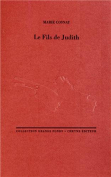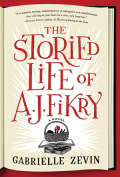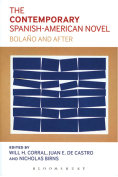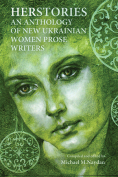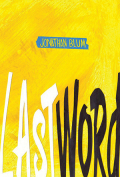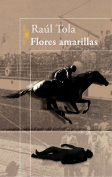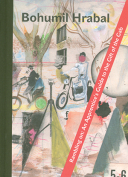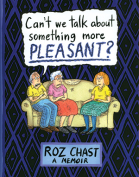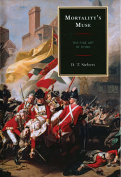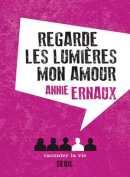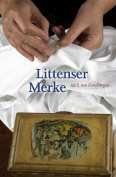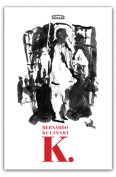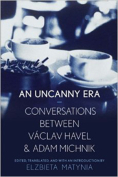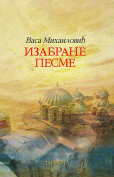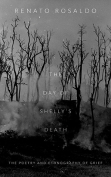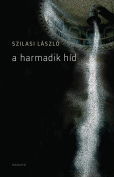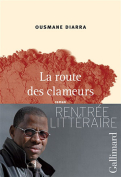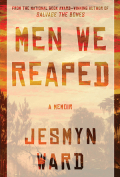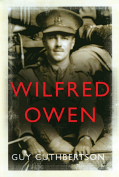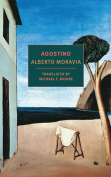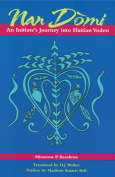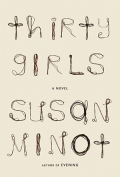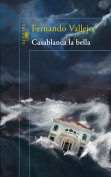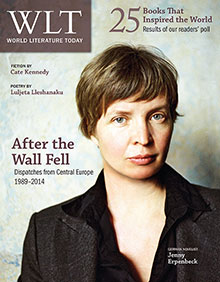A harmadik híd: Magánérdekű feljegyzések Foghorn Péter halálának ügyében by László Szilasi
Budapest. Magvető. 2014. ISBN 9789631431667
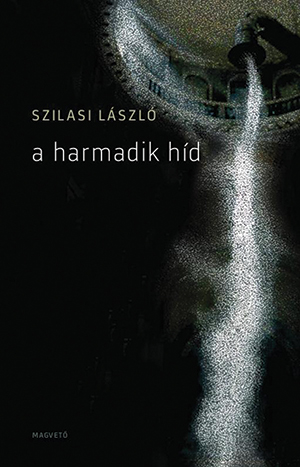 László Szilasi’s novel Szentek hárfája (see WLT, Jan. 2011, 68) was largely about the history of his hometown, Békéscsaba, in southeastern Hungary. That was his first novel, critically acclaimed and winner of the Rotary Prize of 2011. As often happens, its success raised high expectations, to which the author responded with A harmadik híd (The third bridge), a new “urban” novel taking place mainly in another sizeable Hungarian town straddling two banks of the river Tisza: Szeged.
László Szilasi’s novel Szentek hárfája (see WLT, Jan. 2011, 68) was largely about the history of his hometown, Békéscsaba, in southeastern Hungary. That was his first novel, critically acclaimed and winner of the Rotary Prize of 2011. As often happens, its success raised high expectations, to which the author responded with A harmadik híd (The third bridge), a new “urban” novel taking place mainly in another sizeable Hungarian town straddling two banks of the river Tisza: Szeged.
Unlike the first book, A harmadik híd is not concerned with the town’s past but focuses on its present. While plenty of information is given about the topography of Szeged (there is even a map printed on the book’s endpapers), it only provides a background to the story of a group of homeless people. They have a leader, Peter Foghorn, better known as “Robot”; it is he who establishes some pattern in the lives of these men and women living on the rough edges of society. He presents them with a plan, a daily routine of walks to places where these unfortunates are regularly fed and can spend some hours in a warm shelter protected from the worst changes of weather. Members of the group are discussed both collectively and individually, partly to demonstrate the fact that there is nothing predetermined about the fall of a person’s social status, that while becoming homeless could be due to circumstances such as a bad divorce or loss of a lifelong partner, it might also be consciously chosen by an individual who has had enough of the “rat race.”
Such is the choice of one of the narrators, Ferenc Nosztávszky, who was a schoolmate of Foghorn, who has the nickname “New Lad” among the homeless. Another narrator is Dénes (aka Damon Strahl), the conscientious and therefore frustrated detective. What makes them “qualified” for this task is their perspective, which is superior to that of the locals: both having traveled and lived abroad for many years, Nosztávszky in Canada, Strahl in Germany. They can see the differences between the West and their hometowns situated “close to the Balkans” and measure the loneliness of the homeless and also of the struggling homeowners of Szeged. In their own ways, both register the atomization of Hungarian society, the crisis that two decades earlier shattered the previous consensus—admittedly superficial and fragile—of social groups.
The most dramatic moments of the novel are two murders, but what makes the book much more than a usual detective story is the author’s knack for capturing the atmosphere of a “rich” provincial town in Hungary, laying bare its false pretences, deep contradictions, and unctuously held beliefs. One of these is that there is “a way back” from homelessness. Szilasi’s chief characters are convinced that it is not so, that with very few exceptions the road leads further down, to complete degradation and physical annihilation.
A harmadik híd is a rare stylistic achievement integrating several modes of speech: apart from the stories of the two main speakers (the longest one is told at an old schoolmate’s booze-soaked reunion), the text is interspersed with short utterings of the homeless, the latter indicated by cursive print. Some sentences of the narrative(s) strike the reader with their near-poetic beauty, others with their deep understanding of the human condition. Having read this novel, one looks with different eyes at the homeless—at least when you meet them, in increasing numbers, in a politically and socially devastated Hungary.
George Gömöri
London
